2 min read
The Hope of Christmas
“May the God of hope fill you with all joy and peace as you trust in him, so that you may overflow with hope by the power of the Holy Spirit.” —...
4 min read
 Barbara Comito, former marketing director
:
February 4, 2021
Barbara Comito, former marketing director
:
February 4, 2021
In the fall of 2020, while the news media was focused on the pandemic and the presidential election, a significant report was quietly released by the United States Interagency Council on Homelessness. It was titled, Expanding the Toolbox: The Whole-of-Government Response to Homelessness, and it iterated some ideas UGM believes to be foundational in combatting homelessness.
 From the outset, the report addressed the panacea of “housing first”:
From the outset, the report addressed the panacea of “housing first”:
“The federal government’s policy shift in 2013 to prioritizing ‘housing first’ as a one-size-fits-all approach has not worked to reduce homelessness for all populations and communities.
“Policies that do not address the real root causes of homelessness combined with high housing costs in over-regulated markets have exacerbated the homelessness condition in America.
“As many community leaders are coming to realize, the status quo is simply not working. Reforms and changes are needed to reverse the growing homelessness crisis in America.”
The report backed up its assertions with numbers:
The numbers paint a clear picture: Government spending on homelessness went up from 2013 to 2019. Way up. And so did the number of people experiencing homelessness.
As an action step, the report calls for an expanded toolbox: going beyond housing first as a one-size-fits-all solution.
It’s not that affordable housing isn’t critical. It is. But it’s one tool—not the whole toolbox. It needs to be accompanied by robust wraparound services.
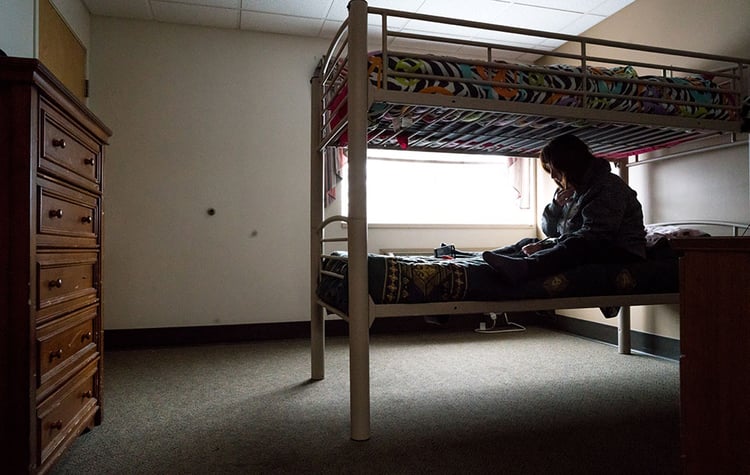 During the time period studied, federal funding priorities penalized programs with “service participation requirements,” i.e., organizations that required individuals to attend classes, address substance abuse issues or get job training as a prerequisite to housing. “Speed of placement became the focal measuring stick, supplanting robust holistic wraparound services combined with housing to optimize self-sufficiency and reduce returns to homelessness…Yet participation requirements may well be a key element to improved health and increased self-sufficiency, thus reducing the number of people experiencing homelessness.”
During the time period studied, federal funding priorities penalized programs with “service participation requirements,” i.e., organizations that required individuals to attend classes, address substance abuse issues or get job training as a prerequisite to housing. “Speed of placement became the focal measuring stick, supplanting robust holistic wraparound services combined with housing to optimize self-sufficiency and reduce returns to homelessness…Yet participation requirements may well be a key element to improved health and increased self-sufficiency, thus reducing the number of people experiencing homelessness.”
The report recommended these key changes among others:
UGM is a big proponent of all four of these recommendations.
"Homelessness can be reduced by expanding opportunities for jobs and job training to individuals who are on the economic margins of society, experiencing homelessness or at risk of losing housing." -- The Whole of Government Response to Homelessness
Employment is key to fighting homelessness, and that goes far deeper than drawing a paycheck to cover food and housing. For people who have been unemployed a long time, discovering they can contribute something valuable in the community can make all the difference in their outlook and how they view themselves. UGM is focused on helping people overcome whatever obstacles keep them from the satisfaction and self-worth that come from doing meaningful work.
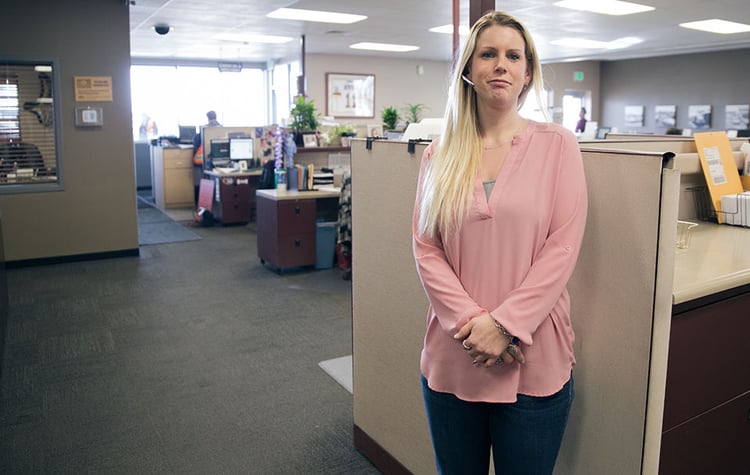
For example, Jolene, who had been homeless several years before entering Women’s Recovery at Anna Ogden Hall, did her Business Practicum at DAA Northwest, a longtime UGM Business Partner.
“It was so important for me to be able to start working again so I could provide for my children. I was intimidated at first,” Jolene says. “My boss was really encouraging, saying how good I was doing. Hearing that, I thought, ‘Maybe I can do this!’” And do it she has for three years now.
"The facilities best suited to effectively address these often co-occurring challenges provide intensive case management and on-site treatment. Homelessness assistance providers[...]should measure success by outcomes such as adoption of successful behaviors, increased sobriety and improved housing stability."—The Whole of Government Response to Homelessness
Research repeatedly shows a connection between homelessness, substance abuse and mental health issues.
According to the Substance Abuse and Mental Health Services Administration, “Data from research conducted in the past five years indicates that about 30% of people who are chronically homeless have mental health conditions; about 50% have co-occurring substance use problems.”
Peeling back one more layer, under the mental illness and substance abuse, more often than not, one finds trauma.
Dr. Ed Schultze, a volunteer psychologist, described his interactions with residents at the Men’s Shelter like this: “Mostly, it’s family of origin issues. And then drugs and alcohol abuse. There’s grief and loss issues, there’s abuse issues from early on, there’s abandonment issues, there’s drugs and alcohol entering into their lives early on sometimes, and there’s coping mechanisms, to get through traumas. The deprivation that comes from childhood, a lot of times creates the lack of stability in adulthood.”
Addressing homelessness means addressing those underlying issues and bringing healing to festering wounds that keep people from moving on and succeeding in life.
"The cruelty of this vicious cycle is evidenced in the fact that children who experience homelessness are far more likely to experience homelessness as adults." —The Whole of Government Response to Homelessness
“Catching kids before they fall” is the motivation behind UGM’s Youth Outreach programs. Connecting children and youth to caring adults, instilling in them a sense of value and worth, creating a community that surrounds them with love and support.
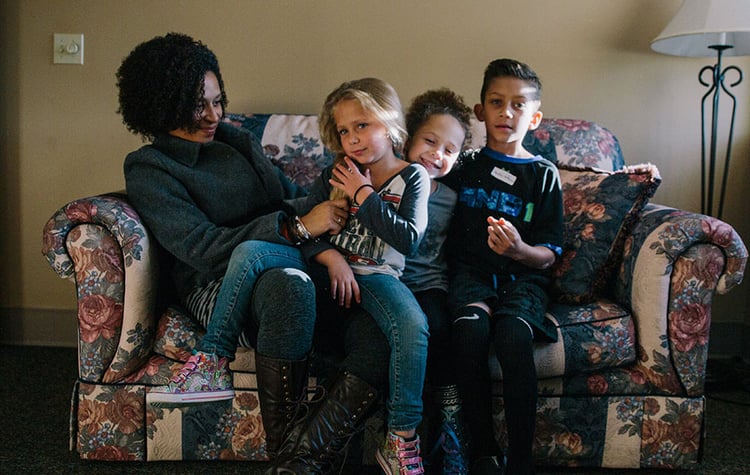
"The federal toolbox must include approaches that respect the unique circumstances of each individual and family experiencing homelessness." —The Whole of Government Response to Homelessness
UGM recognizes that a whole host of issues lead to homelessness: eviction, a criminal record, job loss, addiction issues, domestic violence, aging out of foster care. Each person needs an opportunity to tell his/her story and be involved in creating the plan for a pathway out of homelessness. Some people just need a safe place to land for a few weeks while they get back on their feet; some need good case management and referrals to resources; some need job training; and others need long-term addiction recovery. The needs of a single man are not the same as a single mother with children. And a 20-year-old may take a very different path than a disabled 60-year-old. Each person needs to be heard and an individualized plan created.
"Two of the most important tools in the toolbox to end homelessness are trauma-informed care and affordable housing. When they are united, housing stability is created for vulnerable populations."
—The Whole of Government Response to Homelessness
Affordable housing is a critical element in addressing homelessness. Residents leaving our programs are often working minimum-wage jobs and paying for childcare, and the housing options they can afford are often fraught with the very temptations they are trying to avoid.

For this reason, UGM purchased three four-plexes adjacent to the Center for Women & Children in Coeur d’Alene in 2018. Women finishing the long-term recovery program can apply for permanent supportive housing at below-market rates. The apartments maintain the same clean-and-sober requirements, and residents are welcome to participate in community life at the Center.
UGM is committed to exploring additional affordable housing projects in the future because we know stable housing combined with wraparound services will yield the best results.
We hope you'll read Expanding the Toolbox in its entirety. If you'd like additional information on the subject, download our free e-book, "Homelessness 101."

2 min read
“May the God of hope fill you with all joy and peace as you trust in him, so that you may overflow with hope by the power of the Holy Spirit.” —...
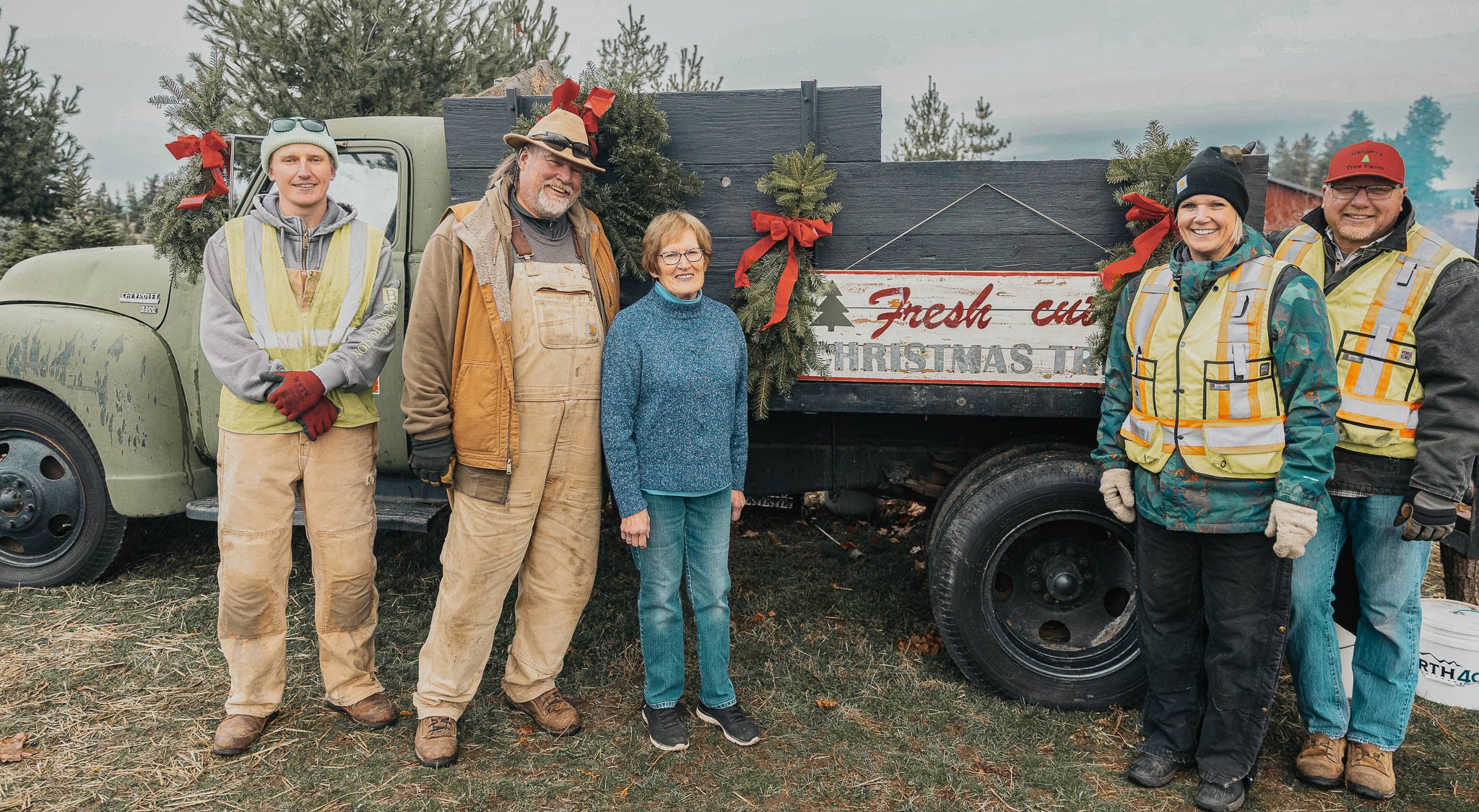
3 min read
Here at UGM, we are so blessed to have such incredible, generous partners, like our friends at Hansen’s Green Bluff Orchard! Having a heart for those...

2 min read
At Union Gospel Mission, healing often begins with looking back. As part of our Life Recovery Program, participants are invited to reflect on their...
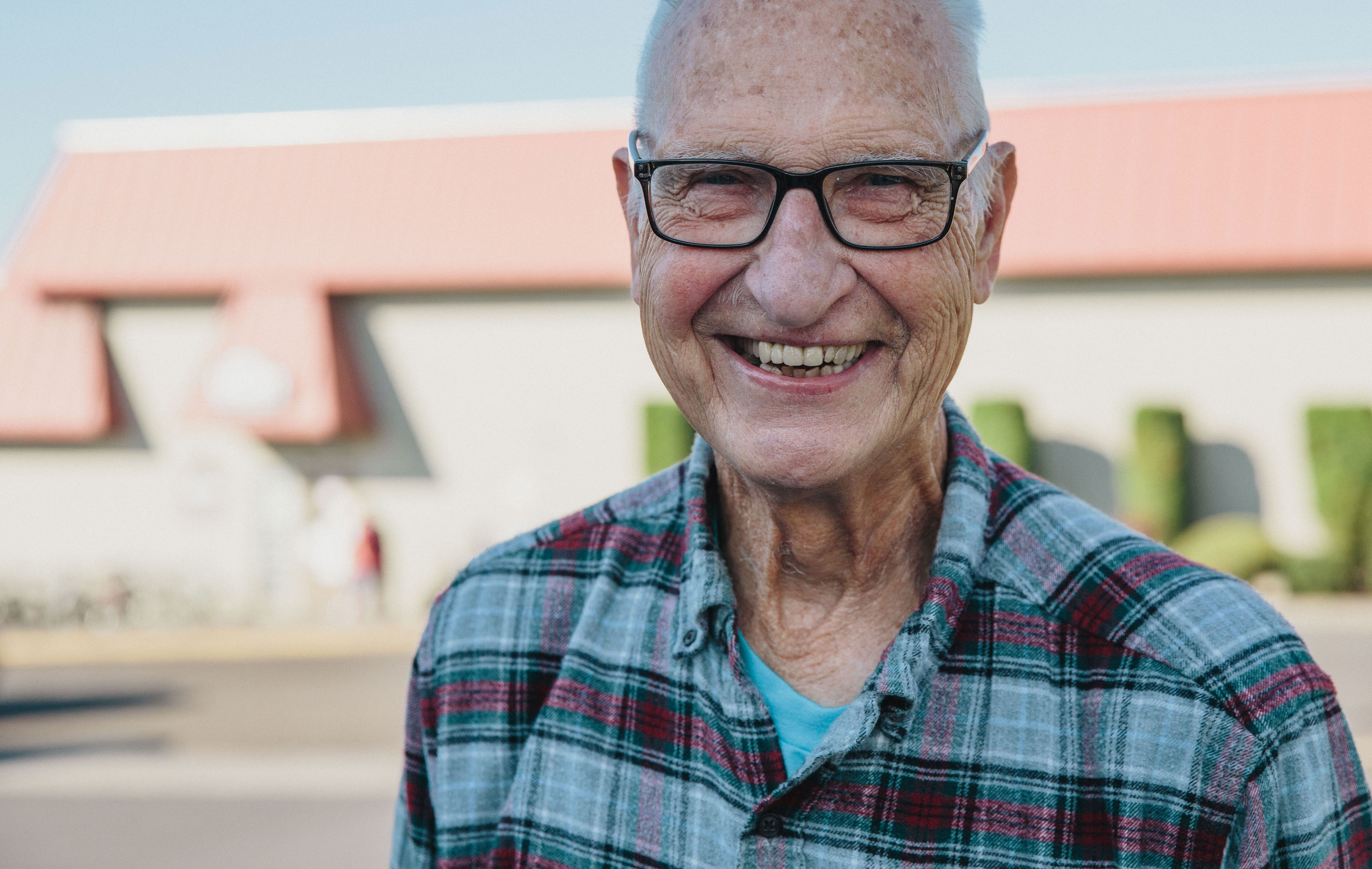
Dr. Ed Schultze received his doctorate in psychology from Fuller Seminary and has been working in the field for about 50 years. He has worked...
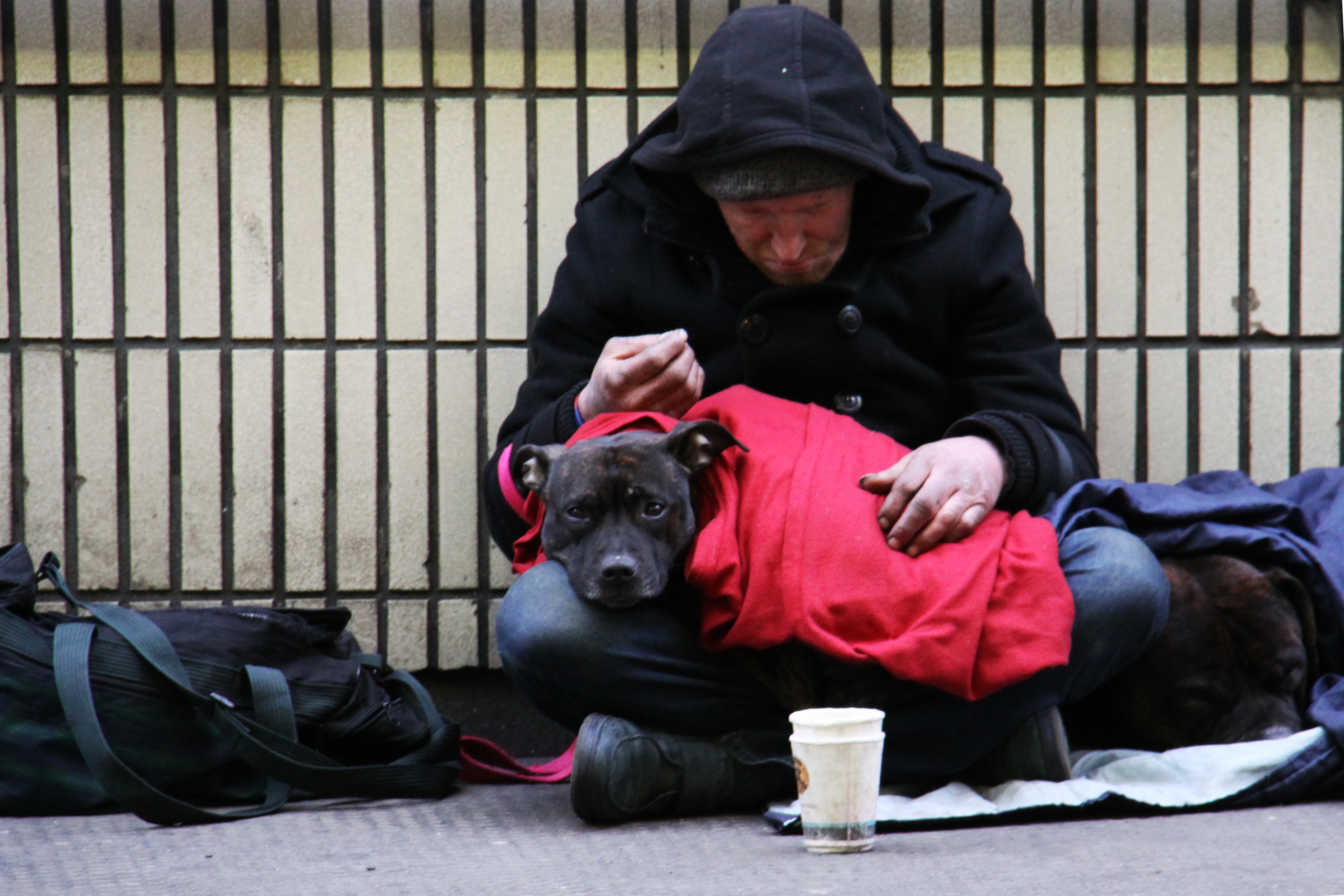
1 min read
In her article “Does Poverty Cause Homelessness?” Marchauna Rodgers argued that the United States has misdiagnosed the problem of homelessness,...

Has America misdiagnosed the problem of homelessness? In her article “Does Poverty Cause Homelessness?” Marchauna Rodgers argues that we have. She...